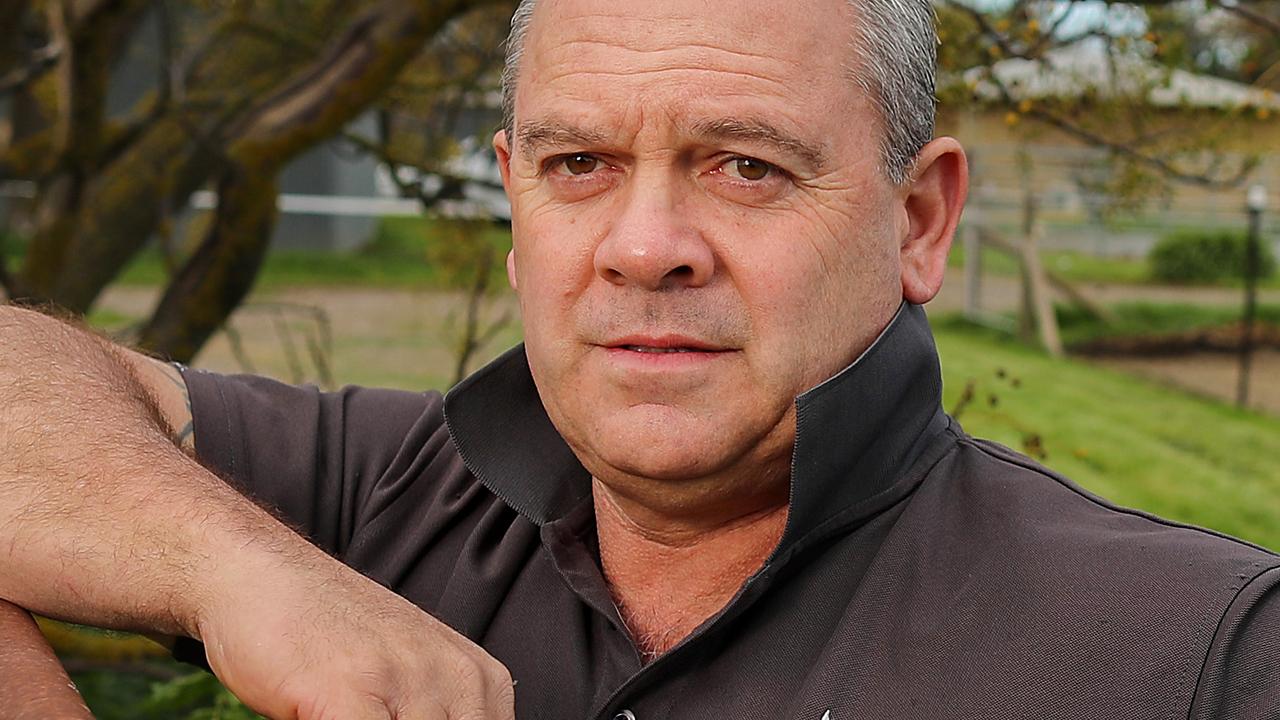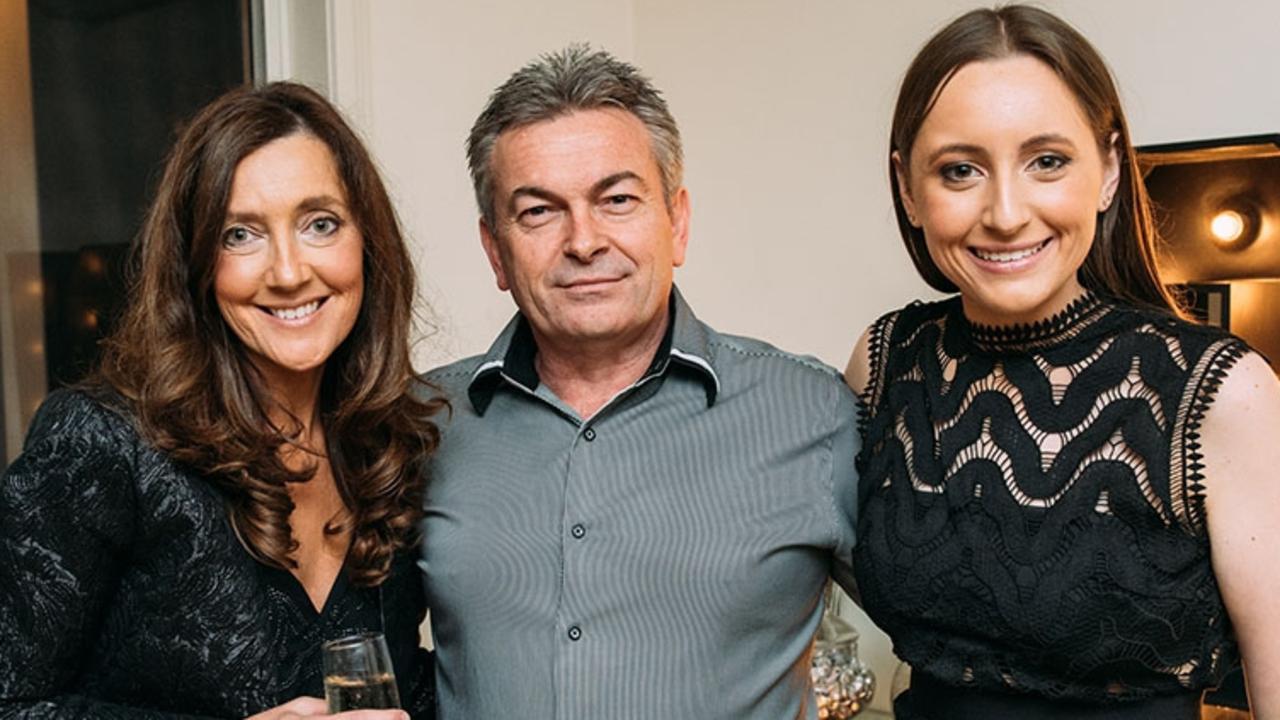The many theories of the final end of Christopher Dale ‘Rent-A-Kill’ Flannery
PODCAST COMPANION: It’s one of the biggest gangland riddles: what happened to Christopher Dale Flannery, one of Australia’s most prolific hitmen? LISTEN TO THE LIFE AND CRIMES PODCAST
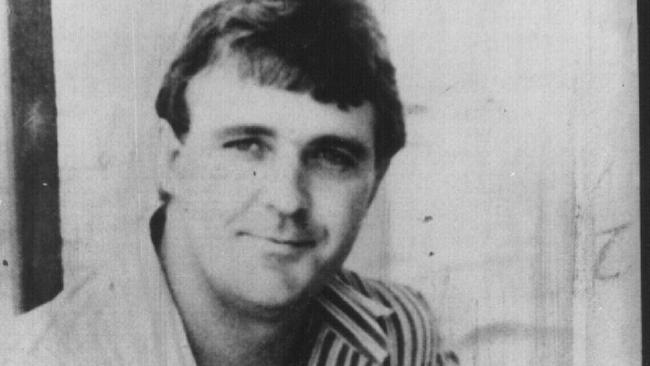
Andrew Rule
Don't miss out on the headlines from Andrew Rule. Followed categories will be added to My News.
“Who killed Christopher Dale Flannery?” has become the “Where’s Wally?” riddle of Australian crime.
Everyone seems to have a theory. Some people, of course, might have good reasons to spread disinformation about “Rent-A-Kill” Flannery’s demise — especially about who was last to see him alive.
The “George Freeman dunnit” school is in the above category. This suggests Flannery was killed at the harbourside mansion of the most colourful racing identity of all.
PODCAST COMPANION: THE GREAT BOOKIE ROBBERY
ANDREW RULE: THE STORY OF MR STINKY
Being conveniently dead himself (of natural causes, amazingly) Freeman makes a handy culprit.

A variation on the theme is that Flannery was garotted in Freeman’s boatshed and dumped at sea in the way that has become notorious through the cult classic Blue Murder. In which, of course, a bent lawyer learns the downside of keeping bad company by being tied to a stove and thrown overboard.
In yet another offbeat angle, “Chopper” Read suggested Flannery’s body was fed through a woodchipper on a farm near Seymour. Interestingly, Read told this yarn before the film Fargo showed the woodchipper disposal method.
The known facts are these: Flannery left his apartment building in inner Sydney on May 9, 1985, supposedly for an appointment at Freeman’s house. He was not seen again, except by those who never mention it.
In Sydney criminal Neddy Smith’s autobiography, Neddy, Smith says “rumour has it” Flannery was set up by rogue police who had earlier tampered with his car so it wouldn’t start. A friendly detective then happened to drive past and offer him a lift — but the trip turned deadly when a couple more climbed in the car and quietly executed him. The old good cop, bad cop routine. Hard to beat.
Neddy Smith’s version of events found its way back in the news in 2012, with revelations that DNA tests showed that three — not two — unidentified skeletons were dug up during building of Sydney’s Kurnell desalination plant in late 2007.
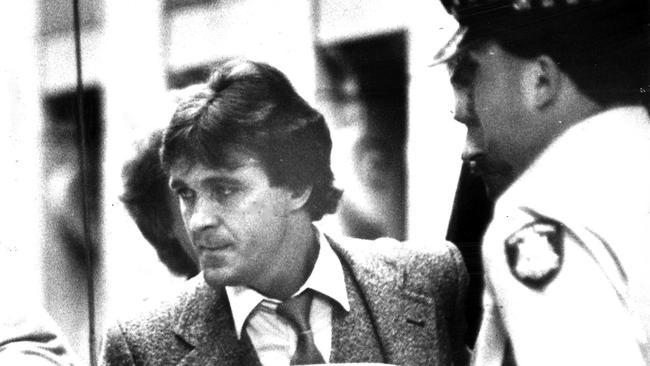
Three bodies may have indicated a “dumping ground” used by Smith or rogue police who helped him. What mattered to those who cared about solving mysteries was whether one of the two unidentified male skeletons was Flannery’s. As of late 2018 however, NSW police investigating the DNA were yet to identify the bodies.
Among those with a stake in Flannery’s whereabouts — apart from his relatives, many of them respectable citizens — is the playwright and writer Ray Mooney, who was Flannery’s jailmate a lifetime ago. Mooney wrote a novel called A Green Light in 1988 that was uncannily similar in some details to the frank disclosures later made by Neddy Smith when he revealed his profitable pact (known as “the green light”) with the best police force money could buy.
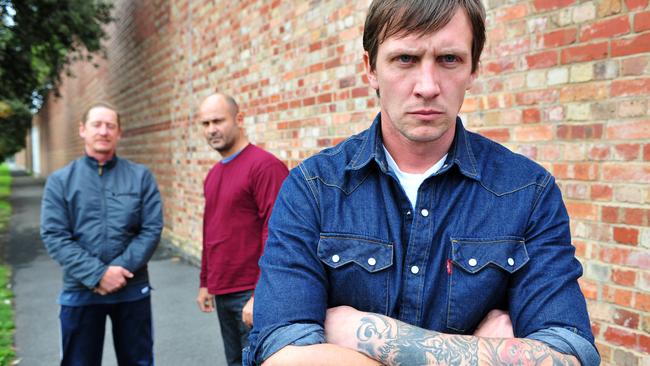
Mooney has stayed quiet about his novel’s resemblance to the real underworld, but there is no doubt he was writing directly about Flannery when he wrote the play Everynight, Everynight in 1985.
In the original staging of the play — and the cult film it inspired in 1994 — the lead character was called “Dale”. But when the Frank Theatre staged a production at the Gasworks in South Melbourne seven years ago the character was called “Flannery”. Finally.
Lead actor Damien Hill had to pass more than an audition. Mooney approved the new production only after meeting Hill to see if he could handle playing the charismatic hood who was probably Australia’s most prolific hitman. It will be strange, and a little unjust, if Rent-A-Kill’s body is found after all these years. Because so few of his victims have been.


